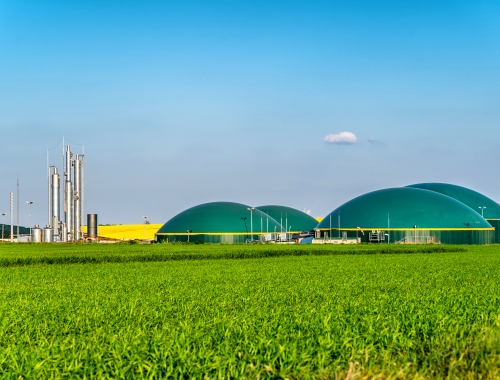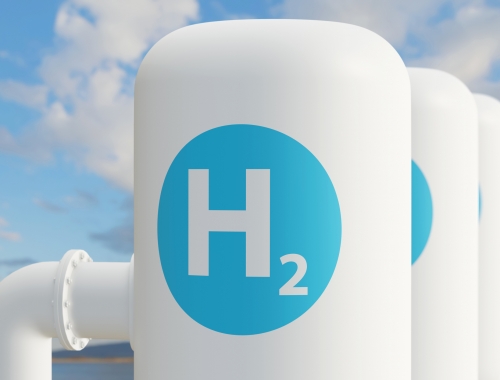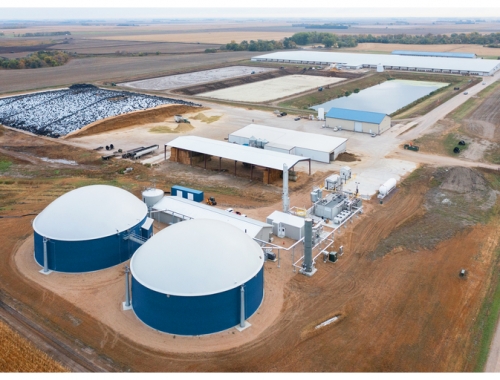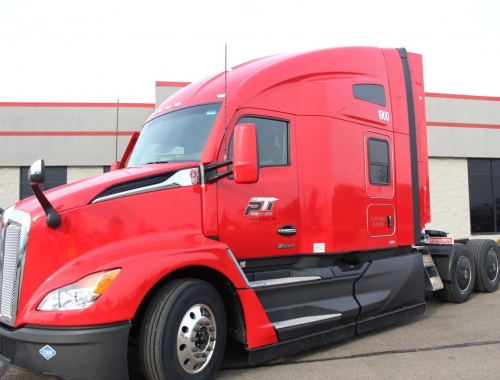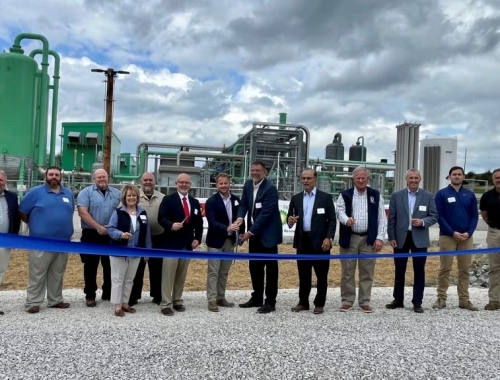Vespene's biogas project advances to 2nd stage of US DOE financing programme
SUMMARY
The company will use electricity from landfill biogas to power EVs.
By Shardul SharmaCalifornia-based renewable energy company Vespene Energy on February 7 announced its invitation by the US Department of Energy (DOE) to submit a Part II application for a financing programme aimed at supporting the development of distributed biogas to electricity plants.
The Part II application seeks a loan guarantee through the $420mn Loan Programs Office's (LPO) Title 17 Clean Energy Financing Programme. This financial support is intended to facilitate the development of distributed biogas to electricity plants at 50 municipal landfills across 21 states.
Known as Project Pleiades, this collaborative initiative involves Vespene Energy, Mainspring Energy, and Bridge to Renewables (BTR). The primary goal of Project Pleiades is to drive decarbonisation within the solid waste and transportation sectors by harnessing energy from landfill biogas to charge electric vehicles.
Mainspring Energy will provide its linear generators as the base electricity generation assets for every site across Project Pleiades. BTR will provide a bridge that will ensure the electricity generated by Project Pleiades is paired with vehicle manufacturers and supports the charging of electric vehicles already on the road.
Through the capture and utilisation of methane, the main component of biogas, Project Pleiades aims to generate 80 MW of dispatchable baseload renewable electricity specifically for EV charging. The project is designed to be carbon-negative, achieving a net emissions reduction of over 1mn tonnes/year of carbon dioxide equivalent across all 50 participating landfills, Vespene said.
The initiative will pay over $10mn in annual royalties directly to the municipalities and entities that own the participating landfills. Moreover, it is anticipated to bring over 1,000 new jobs to rural communities through a combination of direct construction roles and ancillary economic growth, the company said.
The invitation to participate in Part II of the application process represents the culmination of nine months of work to meet the technical and eligibility requirements outlined in the Part I application.


